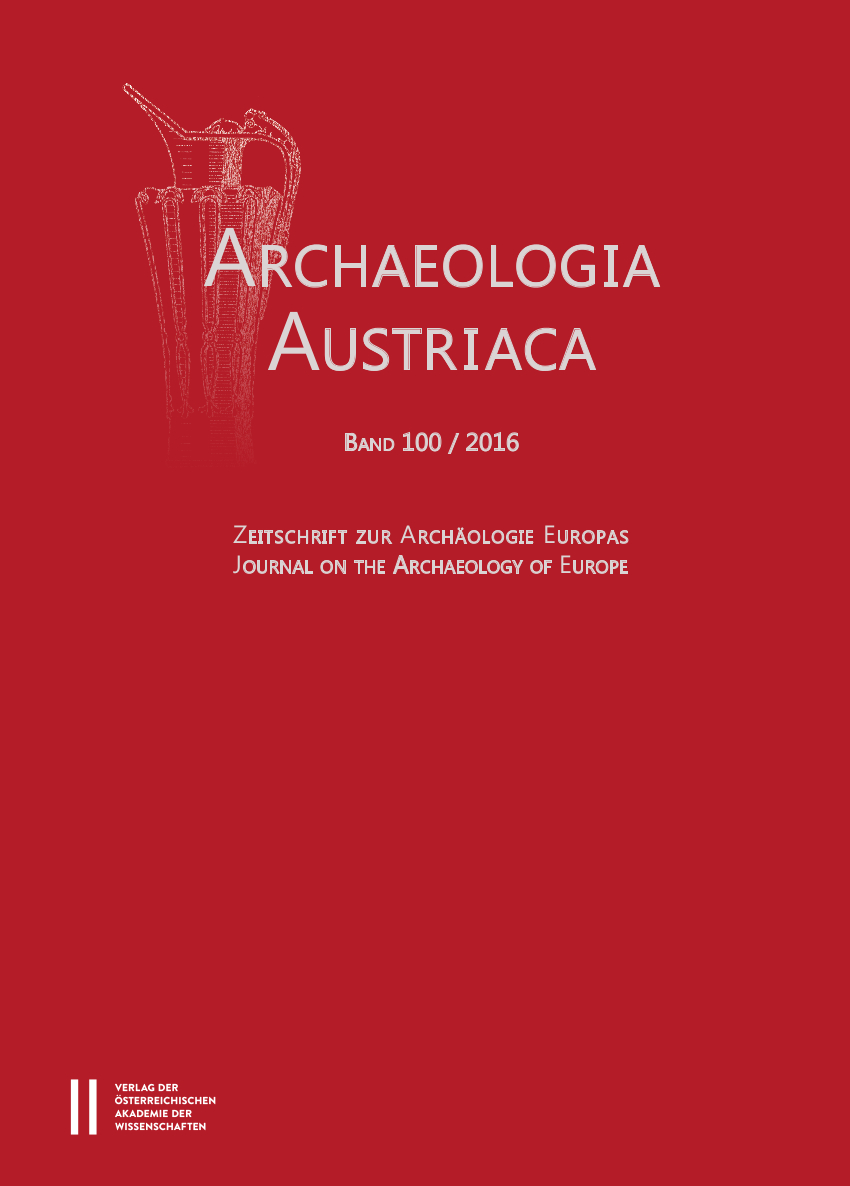
Archaeologia Austriaca 100/2016, pp. 87-107, 2016/12/19
Zeitschrift zur Archäologie Europas
Journal on the Archaeology of Europe
This paper discusses the first results of the archaeometallurgical investigation conducted in cooperation between the institutes OREA (Institute for Oriental and European Archaeology, Austrian Academy of Sciences) and VIAS (Vienna Institute for Archaeological Science, University Vienna) and the regional museums in Doboj and Travnik (Bosnia-Herzegovina). The 76 sampled artefacts are dated between the 13th and 9th centuries BC (Ha A1–Ha B3). The spectrum of finds includes forms of supra-regional, regional and local distribution, originating from different contexts (settlements, graves and hoards). After the first analysis of 91 samples (metals and ores) using a scanning electron microscope (SEM-EDS) at the VIAS, a group of 30 archaeologically and metallurgically significant samples was additionally examined by ED-XRF analysis to determine the trace element concentration of each single artefact. The focus of this research is to determine whether the increase of copper based metal artefacts during the Late Bronze Age was stimulated by the use of local copper ore resources – since they were accessible during this time period – or if a long-range, European distribution network was used to cover the need for raw material. Furthermore, it should be examined whether locally distributed bronzes can be distinguished from supra-regional types, by not only typological differences but also regarding their metallurgical composition.
Keywords: Bosnia, bronze artefacts, exchange networks, metal trade, archaeometallurgical analyses, Late Bronze Age, Hallstatt period